On May 25th, 1987, The Cure released their seventh studio album Kiss Me, Kiss Me, Kiss Me. Following up the breakthrough success of 1985’s The Head on The Door, this double album was their first to go platinum. Retrospectively, Kiss Me, Kiss Me, Kiss Me is now considered to be part of a trilogy of albums beginning with 1985’s first foray in psychedelia, The Top.
The album followed the release of the Standing on a Beach singles compilation the previous year, as well as the live concert film The Cure in Orange—and came out right after goth began hitting the mainstream. The Cure ceased to be an underground band, and became a mainstream success with the release of the band’s biggest single (and probably their most memorable song to date) “Just Like Heaven.”
The Making of Just Like Heaven’s music video
The album’s first single, “Why Can’t I be You” must be pointed out, for not only being so upbeat it makes “The Love Cats” seem gloomy but also for the cheeky way it snuck a dirty word into a song…I mean, look at the way they spell out “can’t” with a sideways mouth…
The next video was for the wistful “Catch,” and if you look carefully you’ll notice some tension between the band and founding member Lol Tolhurst, who is also conspicuously missing from the video for “Just Like Heaven.”
The song was written for, at the time, Robert’s future wife, Mary Poole. Because of this, “Just Like Heaven” is perhaps one of the most popular love songs ever written. Filmed at the iconic Beachy Head in East Sussex, the video features Mary herself, dancing and spinning during the break.
The final single from the record, “Hot Hot Hot” is quite an unusual song for The Cure, with a jazzy style that seems more fitting for a band like Kajagoogoo. The lyric “hey hey hey I like it when that lightning comes”, is quite ironic given that Robert Smith sheered his shock of hair again for the filming of this video. (This is the last video that Lol Tolhurst appears in).
All in all, Kiss Me, Kiss Me, Kiss Me is the most eclectic of all albums by The Cure. In addition to the singles, there are quite a few aggressive tracks, including “Fight,” “All I Want,” and “Shiver and Shake”, some eastern flavors harking back to The Top with “The Snakepit” and “If Only Tonight We Could Sleep,” the pure romanticism of “One More Time”, and experimental genius in the glorious cacophony of “Like Cockatoos”.
Let us not forget that The Cure’s B-sides are often better than the A-Sides, and this is illustrated through such wonderful and dreamlike songs as “A Japanese Dream”, “Snow in Summer”, “Breathe”, “Sugar Girl”, and a track so beautiful the band’s most famous fansite named itself after it: “A Chain of Flowers.”
*Note if any of the above videos do not play, click on the song titles for a Vimeo link.

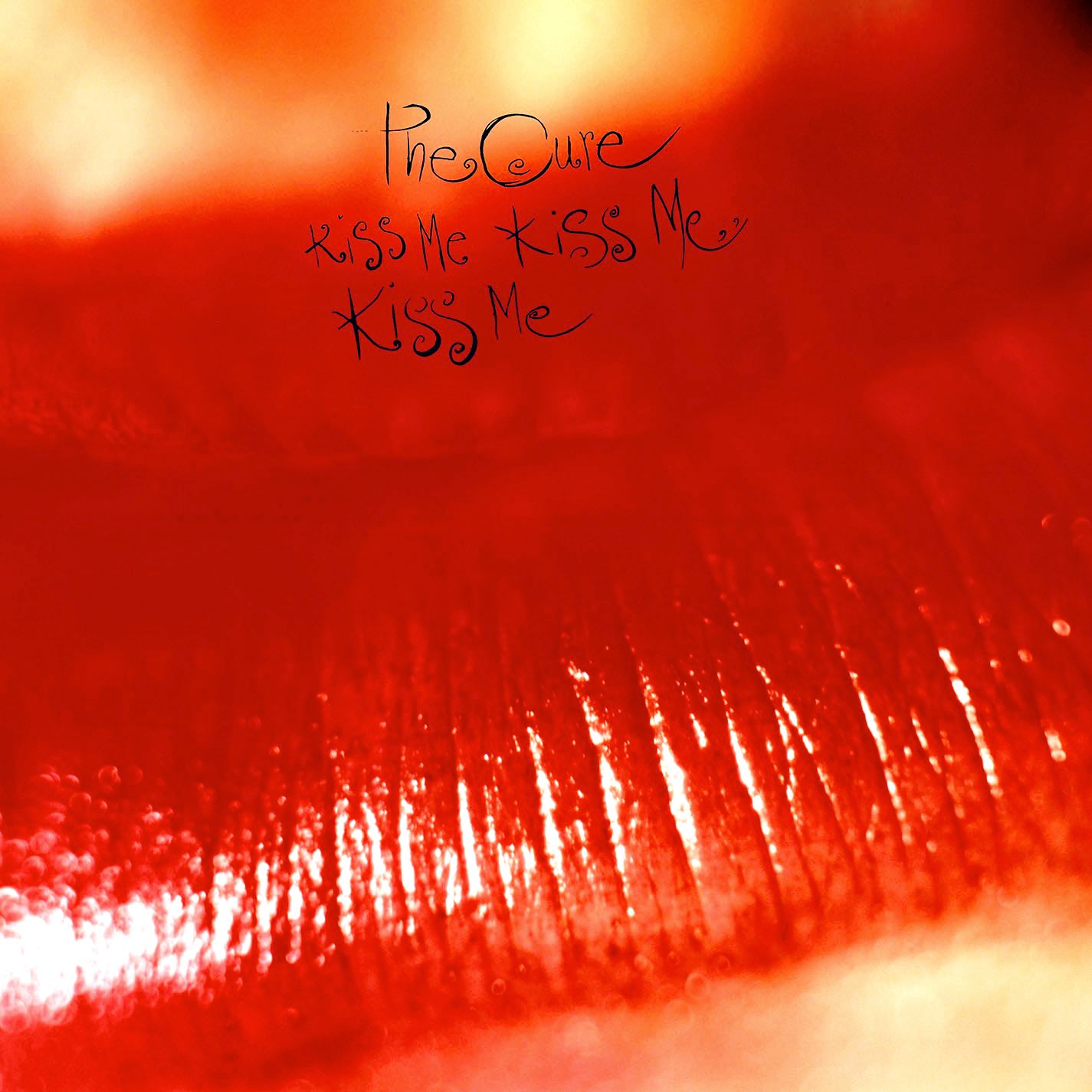



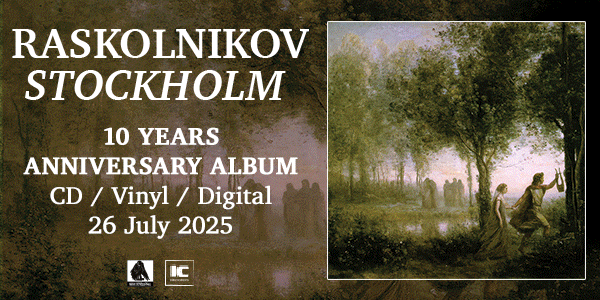
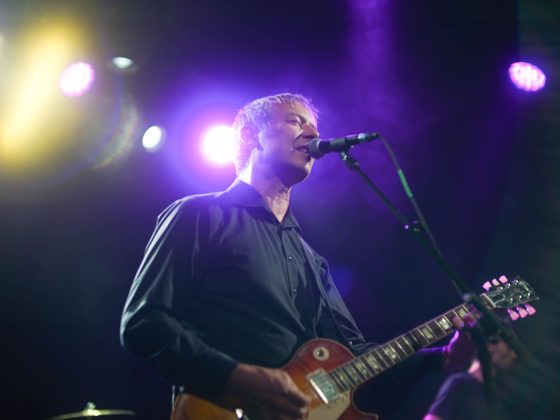
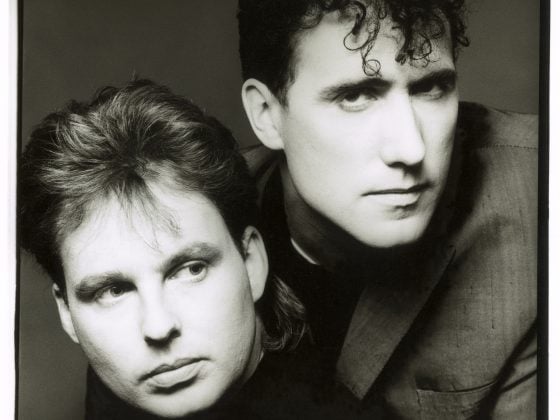
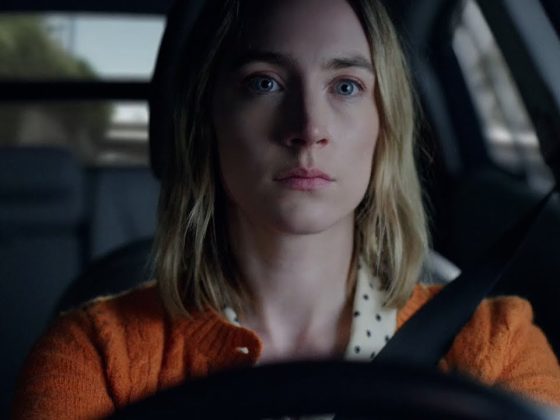


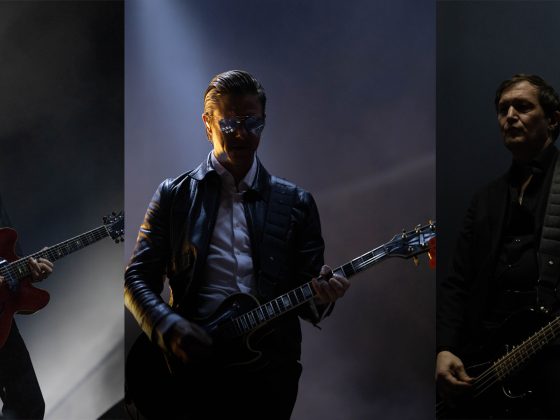



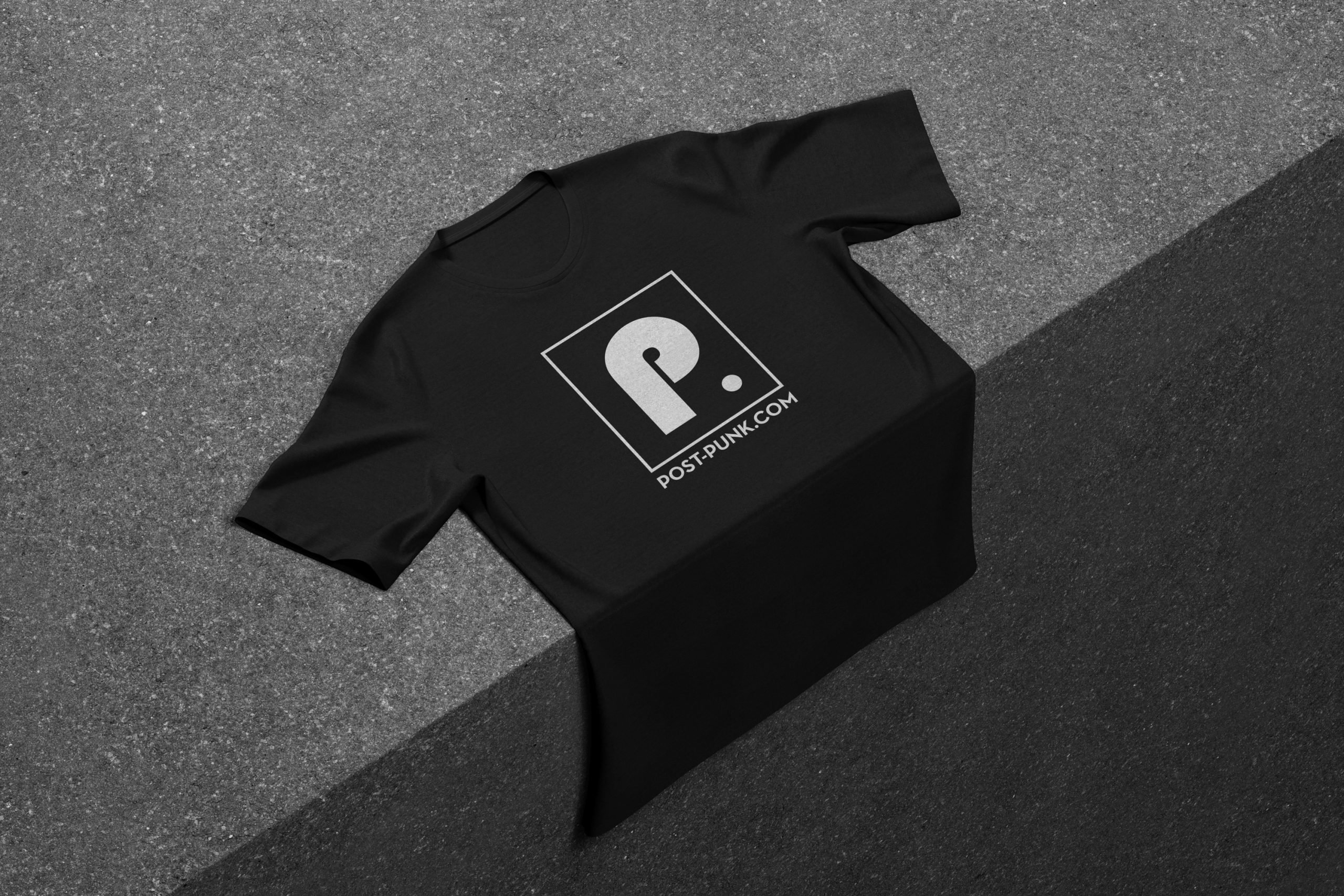 Or via:
Or via: